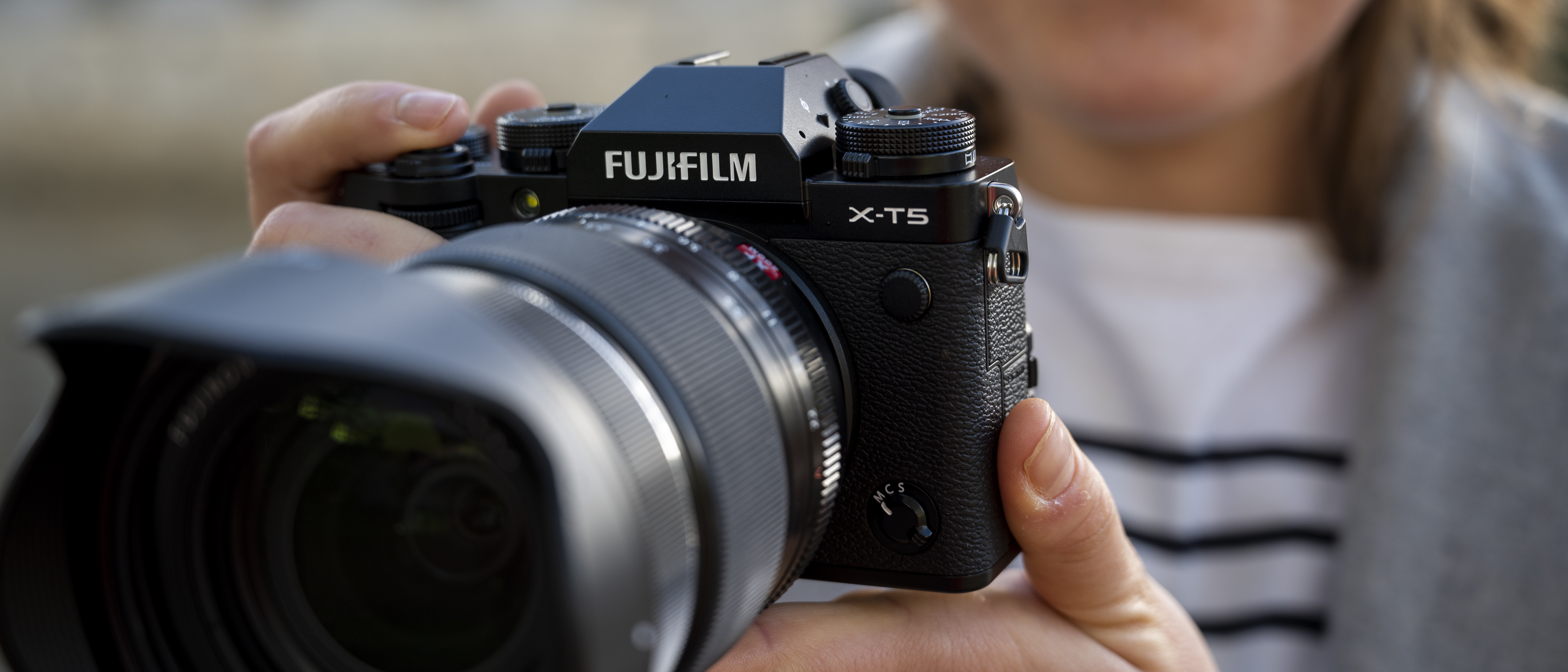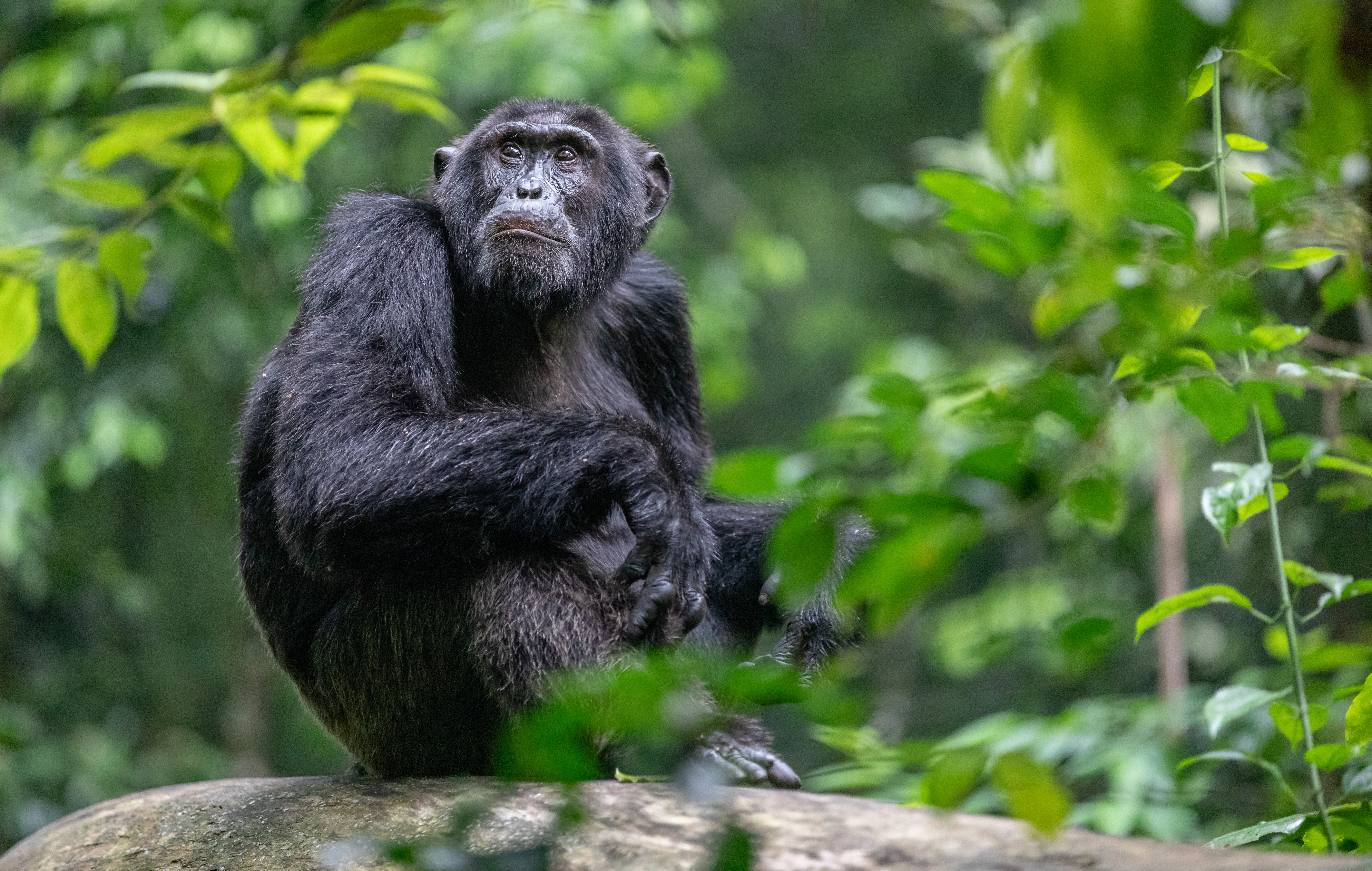Digital Camera World Verdict
The Fujifilm X-T5 is an evolution of the X-T series, rather than a revolution. It's a classically controlled SLR-style camera that puts photography first for serious enthusiasts. The X-T5 takes the much-loved Fujifilm X-T4 further in terms of resolution but is still ideal for shooters who want a lightweight camera with traditional controls – and an excellent 40.2MP resolution, 10-bit 4:2:2 video at 6.2K/30P and a new 3-way tilting touchscreen. In terms of the way that it looks, feels and handles, the X-T5 is in a class of its own.
Pros
- +
10-bit 4:2:2 video at 6.2K/30P
- +
Light, compact design
- +
Cheaper than Fujifilm X-H2
Cons
- -
Three-way tilting LCD won't please everyone
- -
40MP reveals lens weaknesses
Why you can trust Digital Camera World
Fujifilm used its third global X-Summit of 2022 to announce the Fujifilm X-T5. (and an XF30mm macro lens). A decent upgrade on one of Fujifilm's best-loved camera series, the X-T5 features a back-illuminated 40.2MP X-Trans CMOS 5 HR sensor and high-speed X-Processor 5 – identical to those found in the flagship Fujifilm X-H2.
Fujifilm had a challenge in creating a successor to the X-T4, released in 2020 to much acclaim. So did the X-T5 do enough to warrant an upgrade?
Its compact body is smaller and lighter than its predecessor, and the resolution has bumped up considerably from 26.1MP to 40.2MP, making it one of the highest-resolution APS-C cameras on the market. Then there's ISO125 as a standard sensitivity (compared to the X-T4's 160), the staggeringly fast shutter speed of 1/180000 sec, and ergonomically, a three-way tilting LCD (the X-T4 has a vari-angle design). The continuous shooting speed using the electronic shutter is 20fps, and while this doesn't match the X-H2S, it's still impressive.
The Fujifilm X-T5 is one of the best Fujifilm cameras you can buy and we're sure – after some proper test shots and lab testing – it'll be on our list of the best cameras for enthusiasts. Of course, many will be looking at the Fujifilm X-T5 vs X-H2 if they're looking to buy the latest Fujifilm camera. The X-T5 is ideal for enthusiasts who want a retro camera with traditional dials, while the X-H2 is more contemporary, offering a top-plate LCD – as we've mentioned, both cameras have identical sensors and processors.
These aren't the only 40MP cameras in the Fujifilm line-up, of course. We now have the Fujifilm X-T50, a smaller, cheaper alternative to the X-T5 that puts Fujifilm's famous film simulations under direct control with a dial on the top plate. And we also have to mention the camera that everyone wants (apparently) and no-one can get – the Fujifilm X100 VI.
However, it's not all been plain sailing for the X-T5 and the new sensor. The X-T5 has had no fewer than 11 firmware updates – it's currently up to Ver.4.10 – following users complaints about autofocus reliability in particular. We also have some doubts about the value of 40MP in an APS-C sensor, as it really leaves lens performance with nowhere to hide, and you may no longer be happy with lenses that were perfectly fine before.
We've had a lot more time with the X-T5 since its original launch, so here's what we think today.
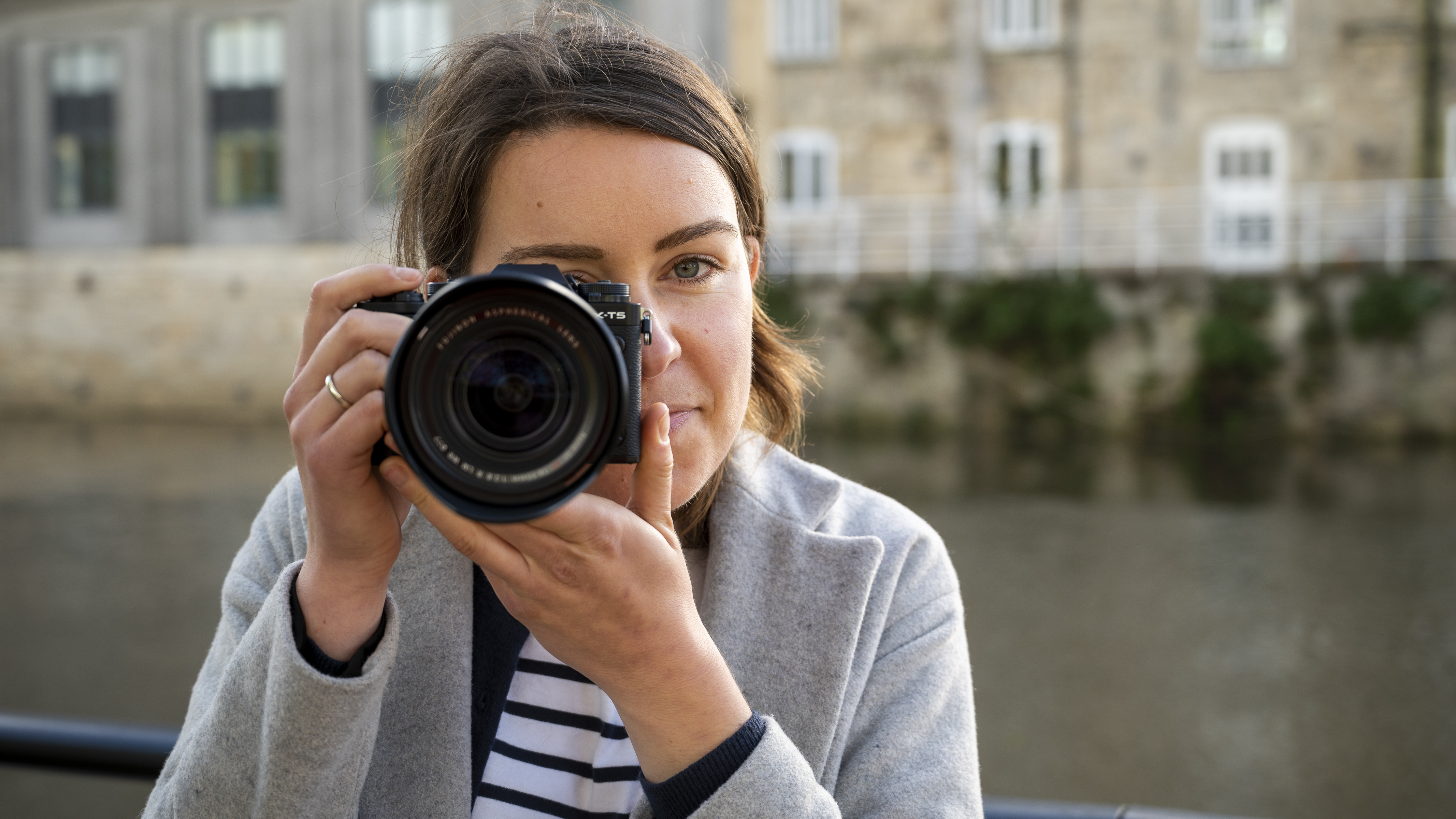
Fujifilm X-T5: Specifications
| Sensor | 23.5mm x 15.6mm (APS-C) X-Trans CMOS 5 HR with primary color filter |
| Resolution | 40.2MP |
| Processor | X-Processor 5 |
| ISO range | 125-12,800 (exp 64-51,200) |
| Shutter speeds | 1/180000-30secs (electronic) |
| Memory cards | 2 x SD/SDHX/SDHC slots |
| Image stabilizer | Up to 7 stops |
| LCD | 3-inch tilting touchscreen |
| Viewfinder | 0.5-inch, 3.69M-dot OLED EVF, 100fps refresh |
| Continuous shooting | 15fps mechanical, 20fps electronic (1.29x crop) |
| AF | 100% phase detection autofocus pixels. -7EV |
| Video | 10-bit 4:2:2 video at 6.2K/30P, 4K/60p webcam mode |
| Weight | 476g (body only) |
Fujifilm X-T5: Key features
Fujifilm is thinking about photographers more than hybrid shooters when it comes to the features of the X-T5 and that's no bad thing, given that the series has a loyal following of X-T aficionados. Boring bits first, the camera has a micro HDMI port, 3.5mm microphone jack, and a dual UHS card slot for two SD cards like the X-T4 (the X-H2S has CFexpress Type B and UHS-II SD memory card slots).
It has 5-axis in-body image stabilization offering up to 7 stops compensation (up from the X-T4's 6.5-stop in-body image stabilizer) and the IBIS mechanism can also be used to shift the camera’s image sensor to facilitate the Pixel Shift Multi-Shot function. Pixel Shift Multi-Shot can generate images with a whopping 160 million pixels – ideal for archival shots or even commercial product photography.
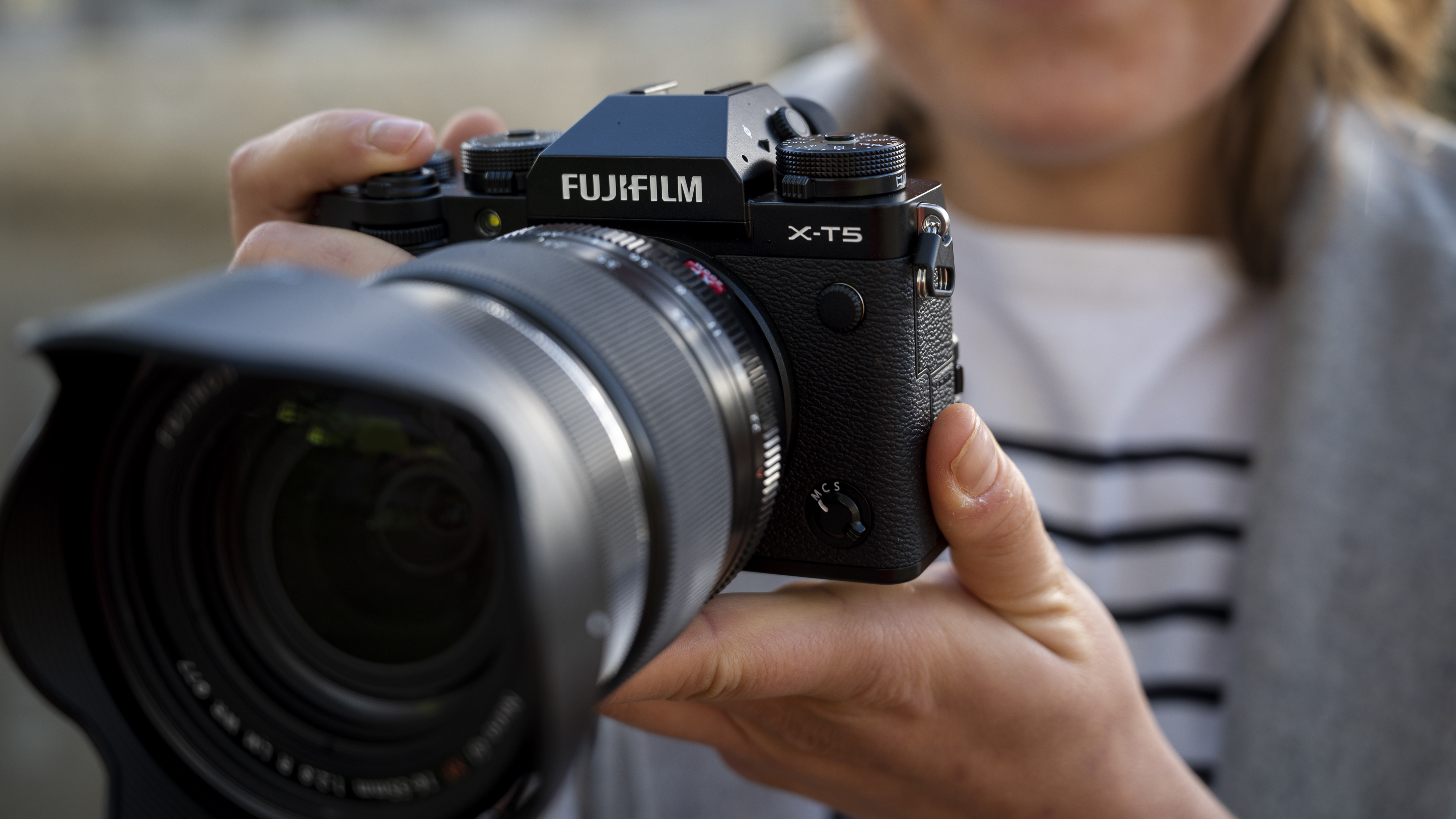
Fujifilm's new X-Trans CMOS 5 HR sensor allows for a greater number of phase detection pixels than the X-T4, for better AF-S focus on a high-frequency subject, for genres like landscape photography and portraiture. Autofocus also gets a boost from an improved AF prediction algorithm, for more stable focusing in the AF-C mode (the continuous mode which can track subjects. Deep learning is now capable of detecting animals, birds, cars, motorcycles, airplanes and trains, with potentially more to come in future firmware updates – though the X-T5 has been through some choppy waters here, with no fewer than 11 firmware updates so far.
Let's not forget the X-Processor 5. Because this processor is about 20% more efficient than the X-T4, battery life gets a boost to a quoted 740 frames in economy mode.
Other features for stills photography (and there are plenty) include the HEIF image format, for 10-bit image quality but 30% smaller files than JPEGs. There's also Smooth Skin Effect, which automatically smooths skin tones, and Auto White Balance based on Deep Learning technology.
Like the X-Pro3 and X-T4, the X-T5 comes with Film Simulation modes, which offer a selection of in-camera 'looks'. Here, you get 19 Film Simulation presets, which are designed to emulate (quite successfully) photographic films.
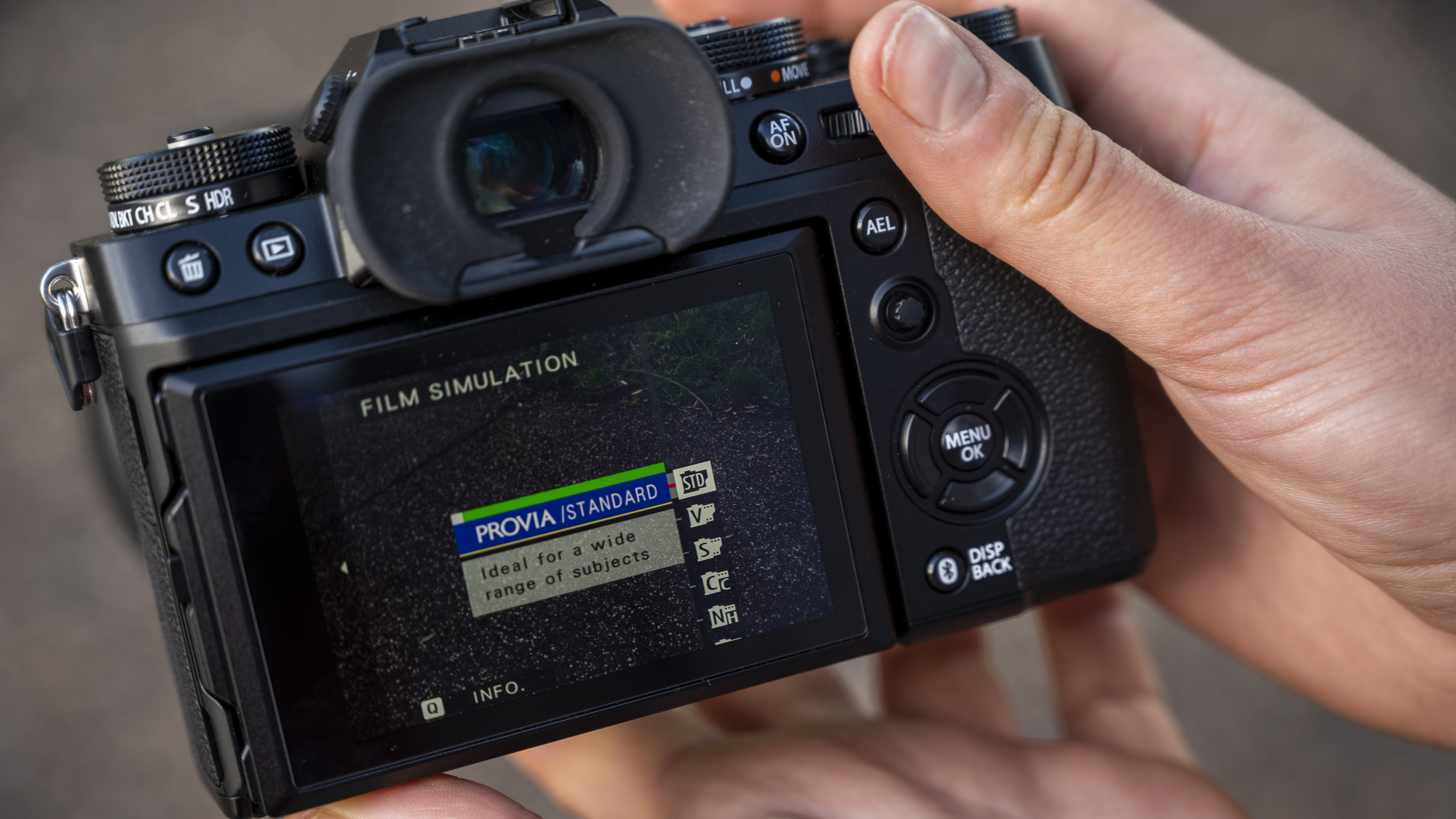
Although the X-T5 isn't billed as a hybrid camera, it's no slouch when it comes to movie capabilities. You get 6.2K movies at 30P in 4:2:2 10-bit color, but also the 4K HQ mode, which uses 6.2K over-sampling to produce high-quality video.
F-log is Fuji’s proprietary log format, and it can be used to preserve more dynamic range and tonality from the sensor when recording video. The X-T5 supports F-Log2, a format that is wider than F-Log, expanding the dynamic range to 13+ stops.
RAW video output from the X-T5 can be recorded as 12-bit Apple ProRes RAW at frame sizes up to 6.2K and frame rates up to 29.97fps, but that's when combined with an ATOMOS HDMI device. With Blackmagic Design Video Assist 12Gs, the RAW video output from the camera can be recorded as Blackmagic RAW at up to 6.2K and 29.97fps. There's also a new menu for movie mode.
Fujifilm X-T5: Build and handling
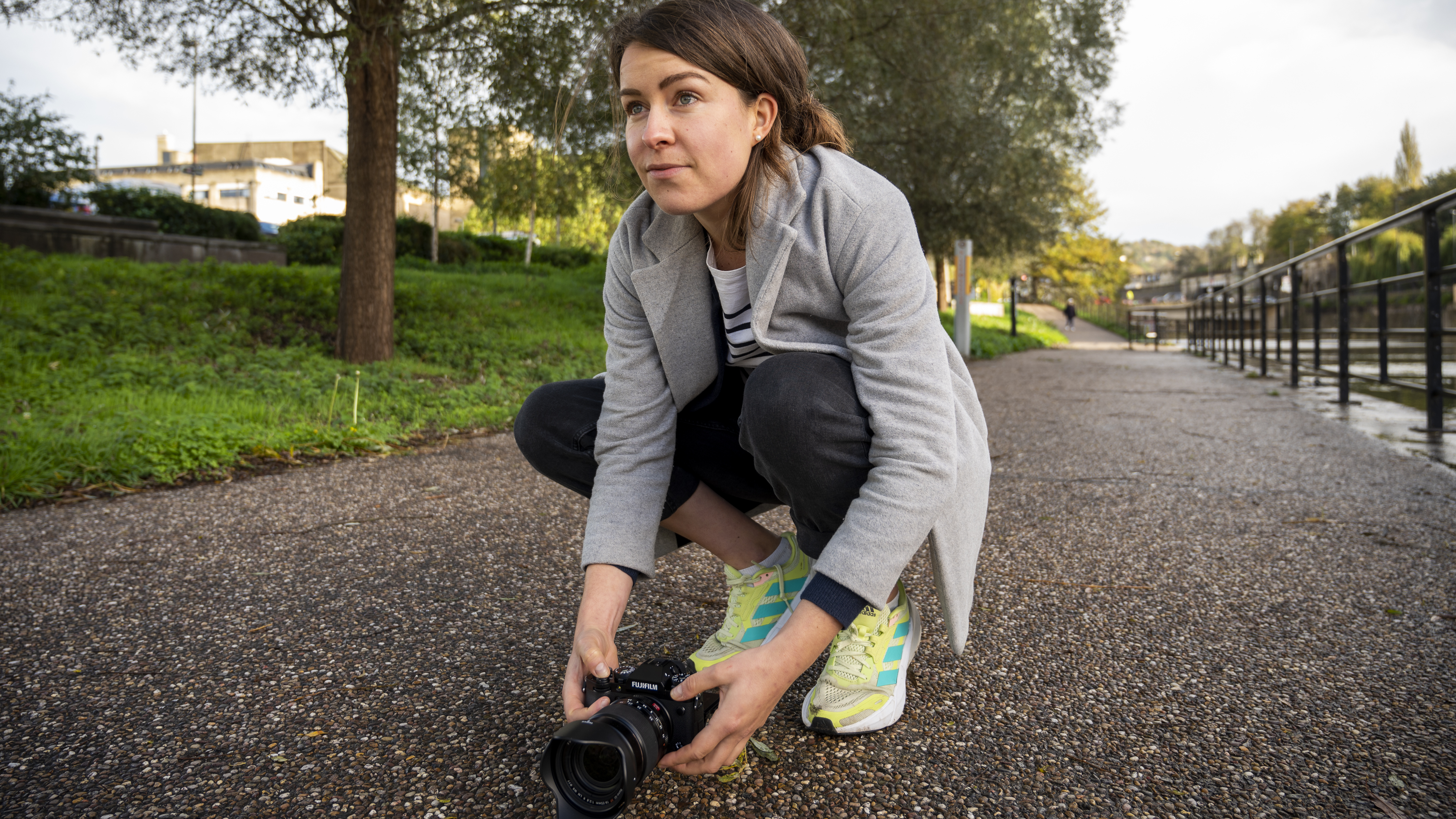
The X-T5 handles in much the same as its predecessors, favoring manual dials in sensible positions to help you to take full control of your image-making. On the top of the camera, there are three dials to set the shutter speed, ISO and exposure compensation.
This is what makes the X-T series unique – it offers traditional analog exposure control dials in an age when almost no other camera does. To get the full experience, though, you need to use Fujinon lenses with an aperture ring. You can control the aperture from the camera body for other lenses, but then the X-T5 loses some of its 'analog' appeal.
There's a switch to go between stills and movie recording, while the shooting mode (continuous, single, etc) can be switched from the bottom of the ISO dial.
Like all X-T series cameras, there's no top plate LCD to display settings. If you're like me and enjoy being able to see your settings on a screen, then the X-H2 might be better fit. This all comes down to preference, though. If you enjoy the idea of "traditional photography," then the dial layout should work well for you, as it means that you think more carefully about exposure settings and controls.
The design means that the camera settings are always visible, tactile and can even be changed without powering up the camera. Unlike the best DSLRs you don’t need (or get) a mode dial, which can be confusing at first but it's something that you get used to with practice.
The back of the X-T5 camera remains similar to the X-T4, with Menu, AF On and a Bin button, among the familiar tactical arrows for navigating the camera. What's different to the X-T4 (and indeed the X-H2 and X-H2S) is the 1.84-million-dot three-way tilting LCD, which Fujifilm has brought in to help shoot at a wider variety of heights and angles compared to a vari-angle screen.
This pivot keeps the screen on the same axis as the lens, which many photographers prefer, but if you would rather have a flip-out vari-angle screen then this is where you need the X-H2 or the old X-T4.
The X-T5’s dimensions are more in line with the original X-T1 than any of the others, and it’s only half a millimeter taller. Weight-wise the X-T5 is 50g lighter than the X-T4, but 100g heavier than the X-T1 because of the newer stabilization system inside. It certainly doesn't feel hefty in your hand, and I could see it being the perfect weight for street photography and travel.
The X-T5 has a very nice tactile grip, but it's much easier to use with compact lenses than say, the Fujinon 150-600mm telephoto. Fortunately, there's the option to buy a separate X-T5 MHG-XT5 metal hand grip available for $129/£129, which should make it easier to hand-hold the camera with a large lens.
Fujifilm X-T5: Lab results
For our lab data comparison we compared the X-T5 to two of its main APS-C mirrorless rivals, the Canon EOS R7 and Sony A6600. But at this price point you don't only have APS-C cameras to choose from - the full-frame Nikon Z 6II costs only a little more than the X-T5, so we've included it on our comparison.
We test resolution using Imatest charts and software, and dynamic range and signal to noise ratio with DxO Analyzer.
Resolution (line widths/picture height):
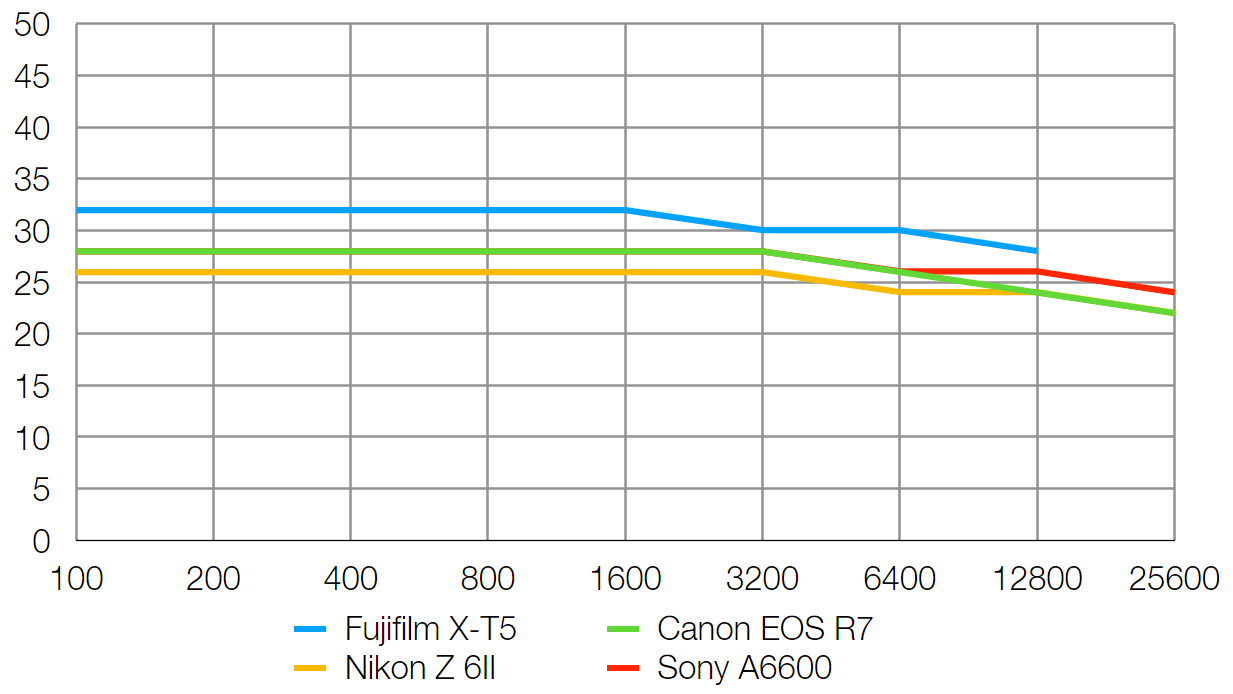
With the X-T5's bump to 40.2 megapixels, it's a clear leader when it comes to resolving fine detail, easily beating the 32.5MP EOS R7, as well as the full-frame Z 6II.
Dynamic range (EV):
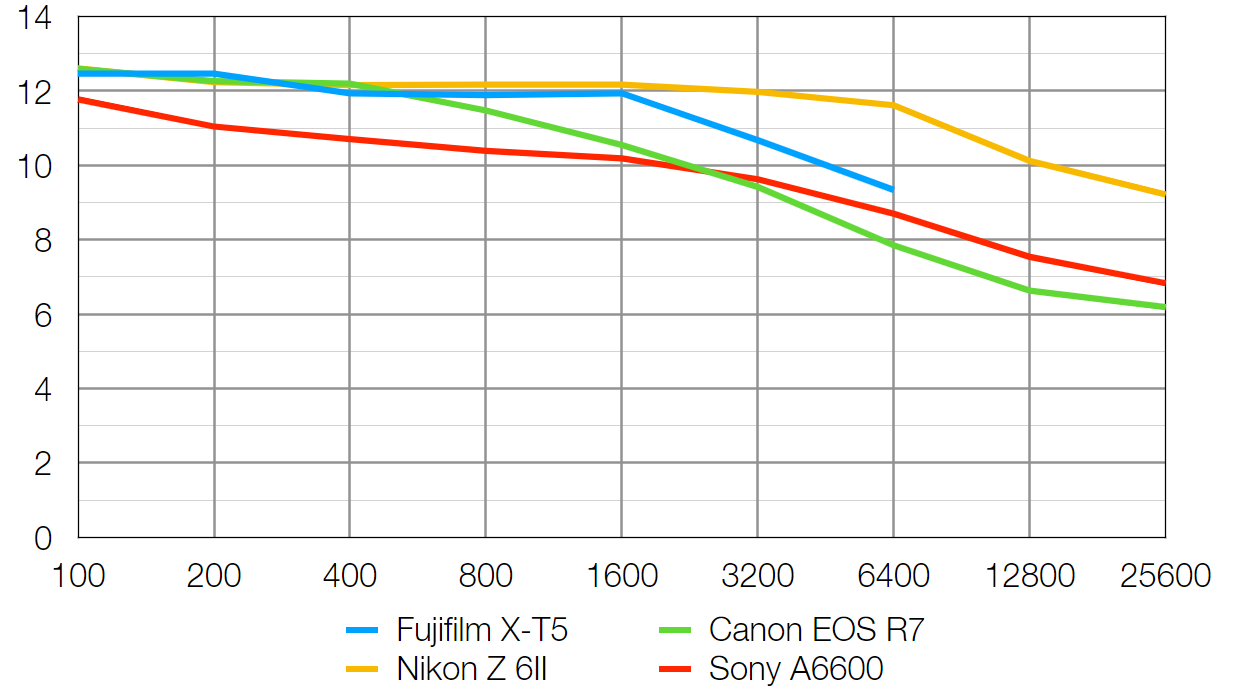
Despite the increase in resolution, the X-T5 loses none of the X-Trans sensor's traditional ability to capture wide dynamic range, matching the Z 6II and EOS R7 at lower sensitivities, and pulling out a 1.5-stop dynamic range lead over the Canon at ISO 1600 and above. However, the significantly larger – and therefore more light-sensitive – individual photosites on the Nikon's full-frame sensor give it a huge dynamic range advantage in low light.
Signal to noise ratio (decibels):
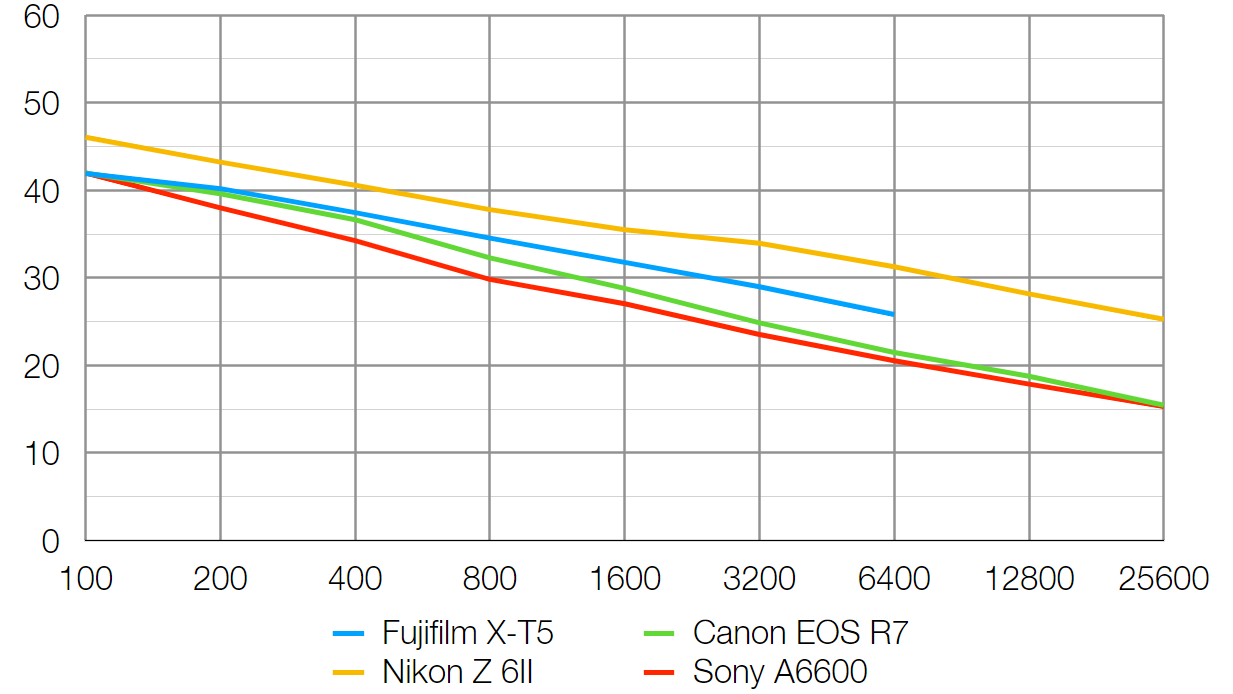
This test compares the amount of random noise generated by the camera at different ISO settings as a proportion of the actual image information (the 'signal'). Higher values are better and we expect to see the signal to ratio fall as the ISO is increased.
Once again the X-T5 is the APS-C camera to beat, generating the cleanest images of the trio, especially at higher ISOs where noise suppression really matters. However, even the X-Trans 5 sensor can't compete with the full-frame Z 6II, as the latter's larger sensor photosites are more light-sensitive and therefore less susceptible to generating image noise.
Performance
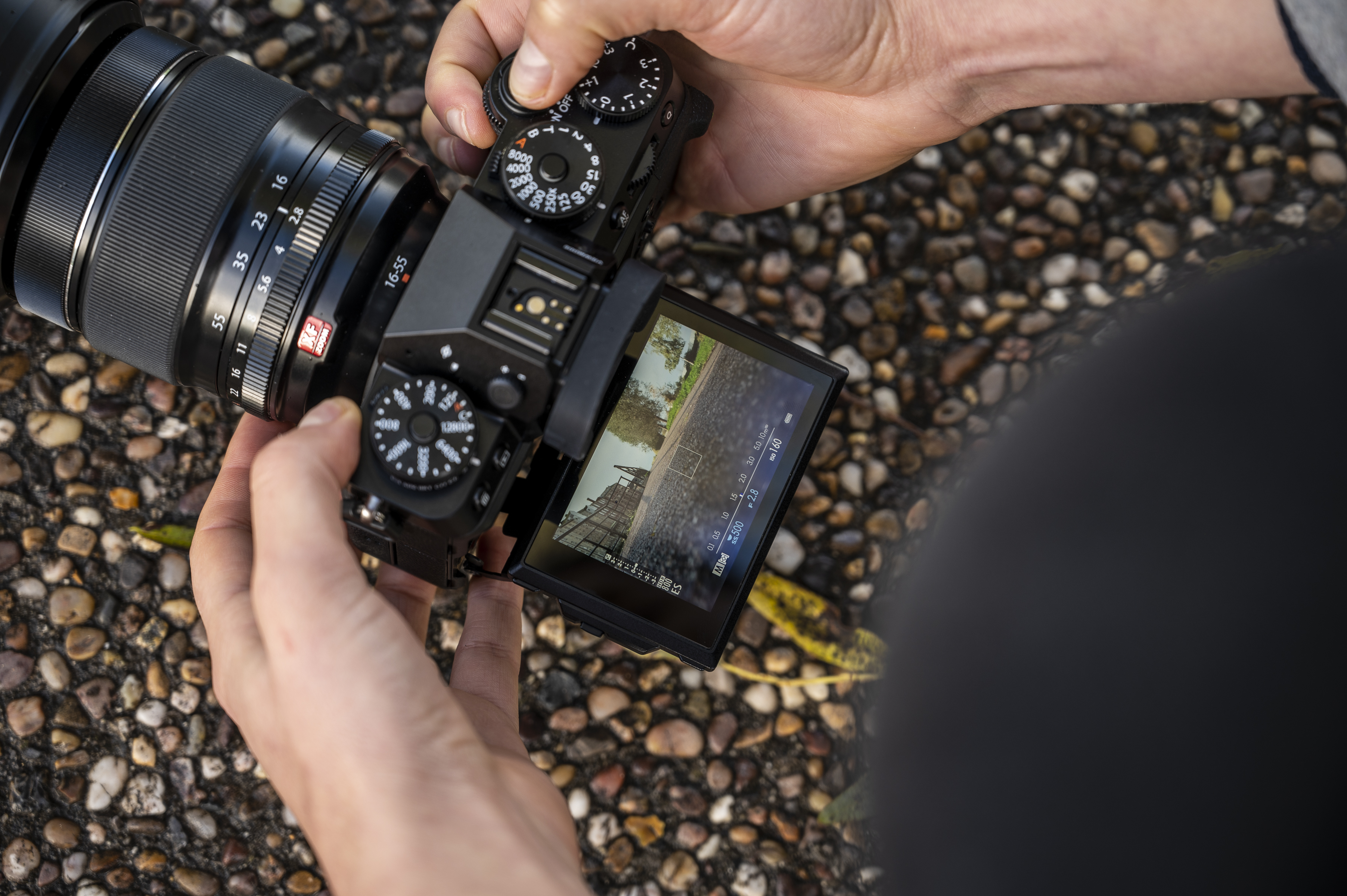
It's fair to say that the X-T5's AF is not yet at the same level as Canon's or Sony's, for example, but how much this matters will depend on the type of subjects you want to shoot. It's probably not a camera you would choose for fast action and subject-tracking, but if you're a handheld vlogger shooting in a run and gun style, you've got to weigh up any differences in AF performance against the fact that only two of this camera's APS-C rivals have IBIS – the Canon EOS R7 and Sony A6700 – and neither has the X-T5's 6K video capture.
For regular stills photography, the X-T5's AF is generally excellent – though we did have a handful of instances of complete focus failure that seemed to be quite random. This, however, was before the latest Ver.4.10 update (we were using Ver.4.0) – and there may be more updates to follow for all we know.
Image quality is also mixed, though this has more to do with current lenses than the camera. The resolution is epic, and the X-T5's results stand up well against those of full frame cameras of similar resolution. If you want 40MP but you can't afford an EOS R5 II or a Nikon Z7 II, then this is the camera for you!
But this sensor does highlight weaknesses in lens performance. In particular, the XF 16-80mm f/4 often sold as a kit with the X-T5 is visibly weak at the edges of the frame at the widest and longest focal lengths, and at 80mm it's just not sharp at all, even in the center of the frame.
The XF10-24mm f/4 also has obvious weak spots on this camera, and it's not good at all at 24mm, where the edges become very soft indeed. These lens characteristics are visible on lower-resolution Fujifilm cameras too, but they are all the more painful here given that the native resolution is so high. If you want to get the best possible quality from this camera, then you're probably going to need to look at getting the best Fujifilm lenses to go with it.
Fujifilm X-T5: Sample images
Here's a selection of images we've shot with the Fujifilm X-T5 over several months of use. The potential image quality is excellent, though we did notice diffraction softening starting to appear as early as f/8, perhaps as a consequence of this camera's huge resolution.



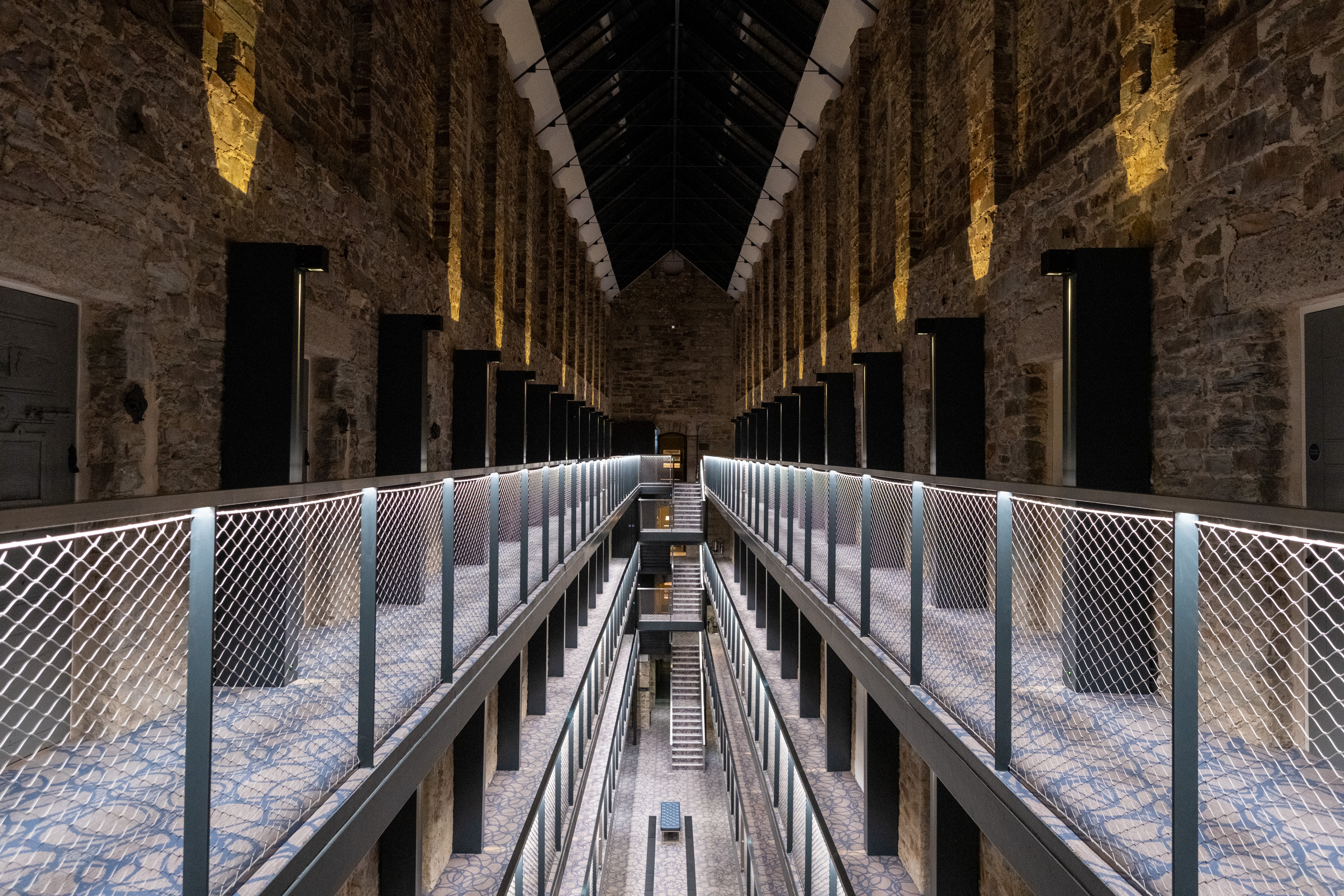



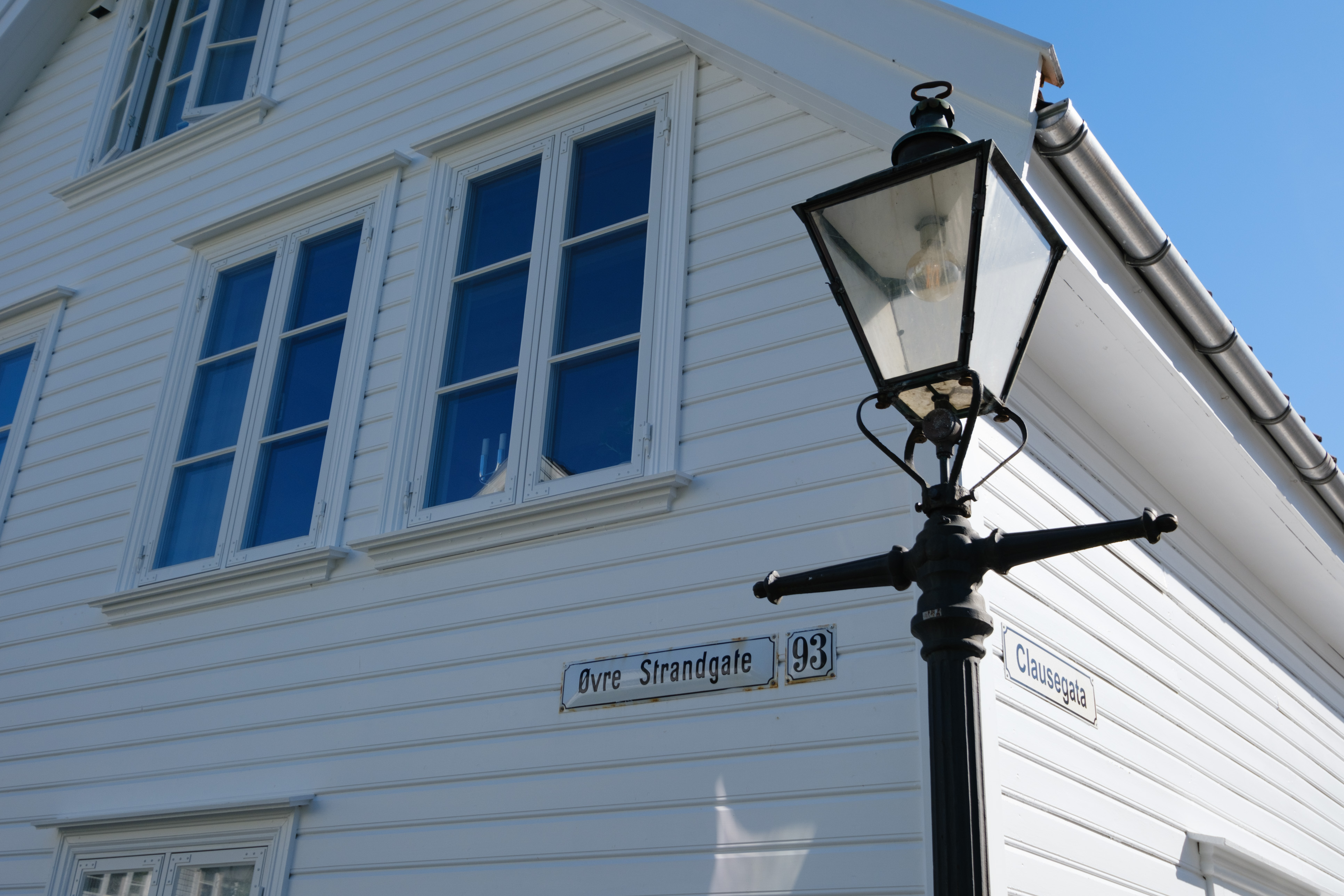

It's noticeable too that image quality and fine detail do depend on processing. We found the X-T5's in-camera JPEGs show better detail and noise control than raw files processed in Adobe Lightroom. Adobe Camera Raw has had issues with X-Trans sensors in the past, and here there's just a bit of softness at the default settings and a little more noise than we'd like. Capture One, on the other hand, produces excellent results from the X-T5's raw files.


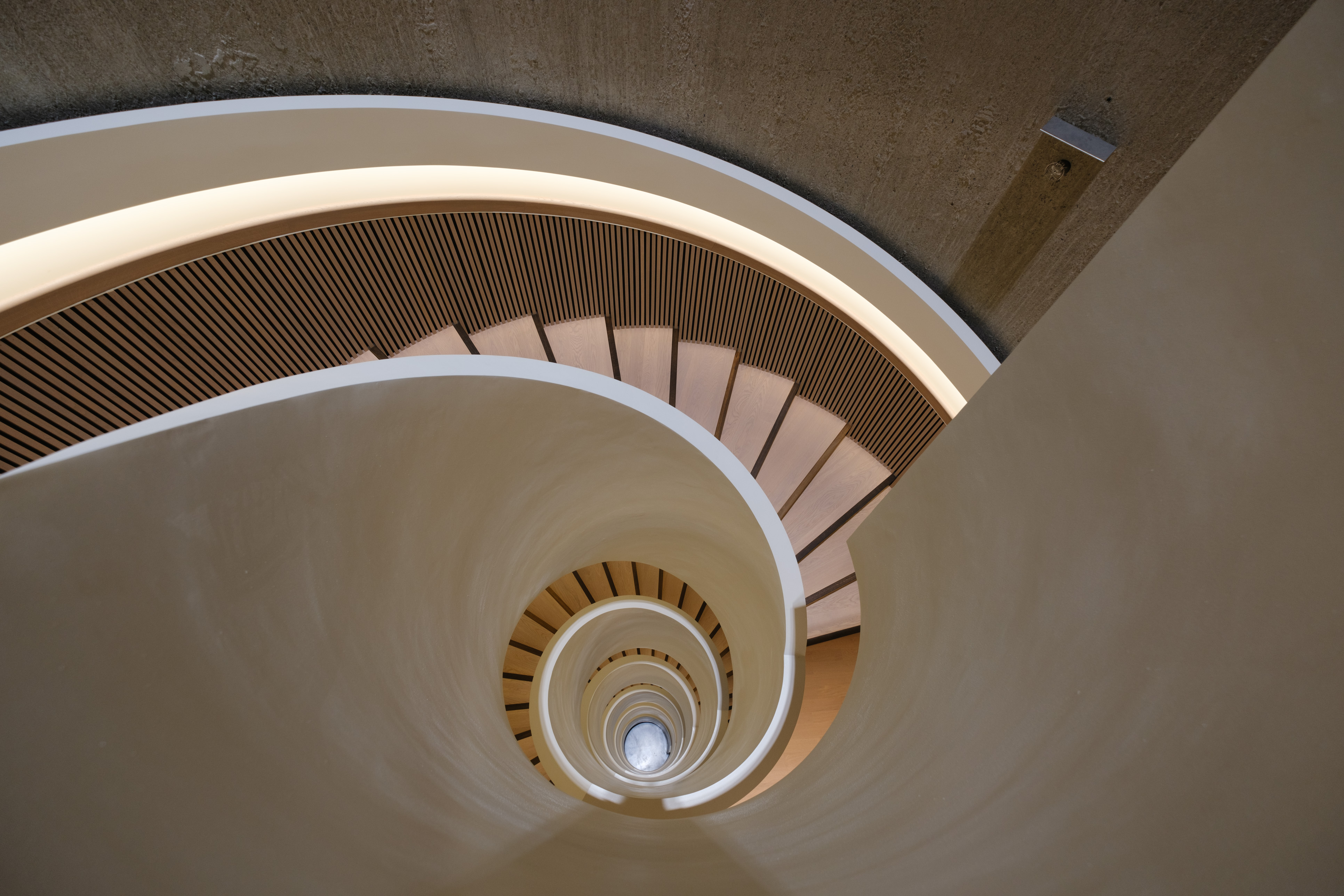
Dynamic range, if you use Fujifilm's extended dynamic range modes, is spectacular. Most camera raw files offer up to about 1-1.5EV of highlight recovery, but the X-T5's deliver up to 3 stops of highlight recovery, which we've not seen from any other camera.
There is noise at higher ISO settings, and it is a little stronger than lower-resolution rivals, but still not objectionable. And if you shoot raw and check your results in Lightroom, you might think there's more noise than there actually is.
Fujifilm X-T5: Verdict
You might be wondering why you'd buy the Fujifilm X-T5 over the X-H2 – as they both share the same sensor and processor. What’s the difference? There's a major ergonomic difference between the two cameras, as the X-H2 has a mode dial while the X-T5 has a shutter dial.
The X-H2 also has a bigger buffer, better movie functionality and can shoot up to 8K, with a better viewfinder. Because of the higher buffer, the X-H2 also has a CFExpress card slot. But it's about $300/£200 more expensive.
So it really comes down to what you want and what shoot. The X-T5 is a more 'traditional' enthusiast camera in both looks and handling, while the X-H2 is for professionals. Both will take Fujifilm X-mount lenses.
But we mustn't forget the X-T50. It's cheaper than the X-T5 and many might say cuter. The X-T50 brings film simulations right to the fore with a dedicated dial, and has the same 40MP resolution and potential image quality as the X-T5.
Overall, it feels like the Fujifilm X-T5 is a welcome evolution of the X-T series, rather than a revolution. It's a classically controlled SLR-style camera that puts photography first for serious enthusiasts. The X-T5 takes the much-loved Fujifilm X-T4 further in terms of resolution but is still ideal for shooters who want a beautiful, lightweight camera with traditional controls.
See our pick of the best lenses for the Fujfilm X-T5

Lauren is a writer, reviewer, and photographer with ten years of experience in the camera industry. She's the former Managing Editor of Digital Camera World, and previously served as Editor of Digital Photographer magazine, Technique editor for PhotoPlus: The Canon Magazine, and Deputy Editor of our sister publication, Digital Camera Magazine. An experienced journalist and freelance photographer, Lauren also has bylines at Tech Radar, Space.com, Canon Europe, PCGamesN, T3, Stuff, and British Airways' in-flight magazine. When she's not testing gear for DCW, she's probably in the kitchen testing yet another new curry recipe or walking in the Cotswolds with her Flat-coated Retriever.
- Rod LawtonContributor
